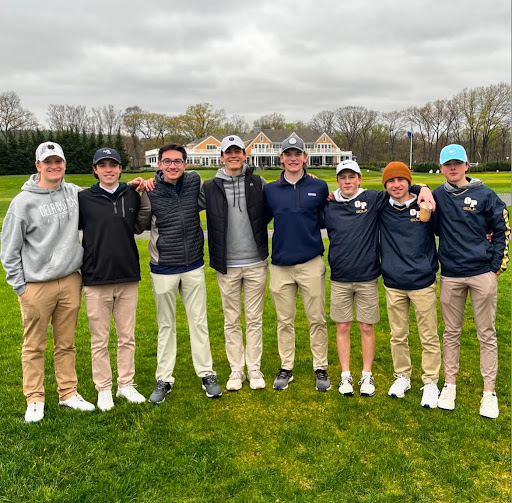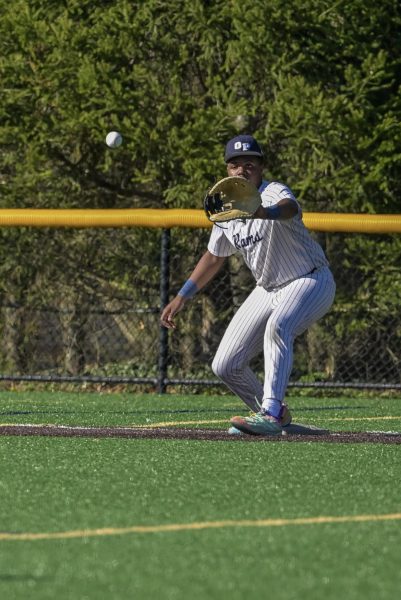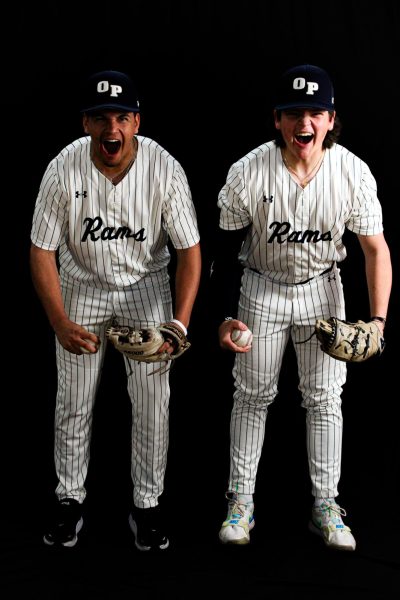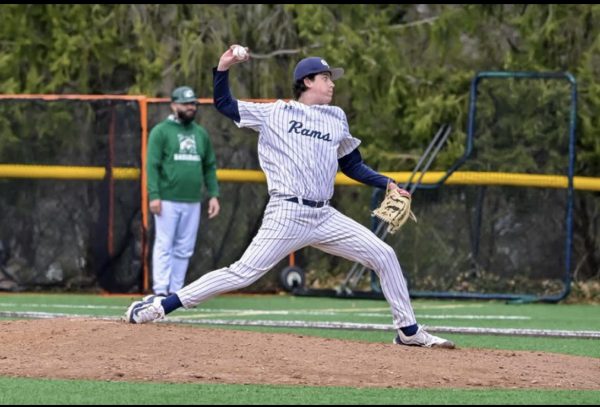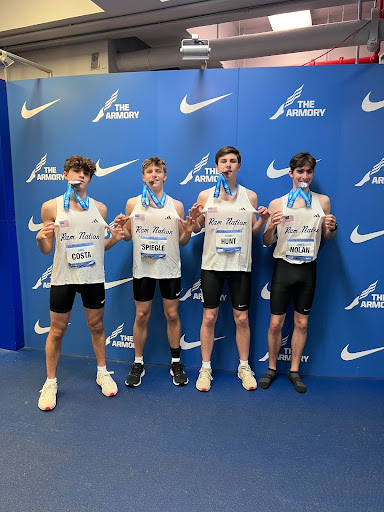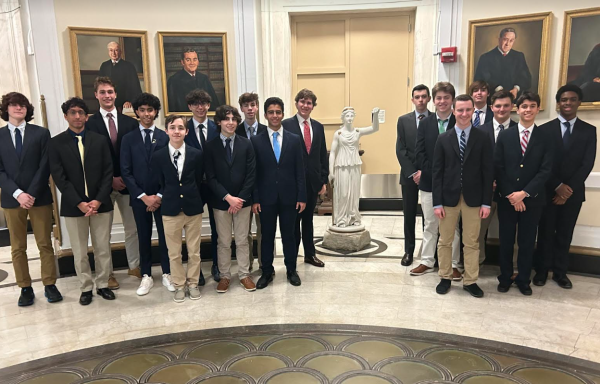Japanese Car Culture in the 1990’s

Image courtesy of Classic and Sports Car
November 29, 2021
When you ask someone about sports cars today, they tend to think of Euro cars like Ferrari, Lamborghini, or maybe even American muscle cars like Ford and Dodge. However, one of the last things someone would think of is a Nissan or a Toyota. But when we take a look back in history, we notice that Japanese car companies in 1900s sold revolutionary products that would change the way cars were developed forever.
So the question you might be asking is how did this come to be? Why would anyone buy a Toyota over a Challenger or a GT40? The answer dates back prior to WWII when retired Japanese Kamikaze pilots who couldn’t adapt to the humdrum lifestyle of a Japanese working-class man came together to form a motorcycle gang of flashy motorcycles that came to be known as, “The Thunder Tribe.” As time went on, this gang evolved into something much more dangerous as the younger generation started to terrorize the Japanese community and incite riots in tranquil neighborhoods for the sake of protesting societal conformity. As their flashy motorcycles and elaborate protests became more known, the media named them, “Bosozoku,” which translates to, “Violent running tribe.” As the crime rate of the Bosozoku community dropped, the flashiness of the motorcycles translated over to cars which brought about the next generation of Bosozoku culture to life. This culture consisted of flashy cars that attracted the innovative young motorheads from all across Japan to create and mold the future of car design and modification as we know it.
While cosmetic innovation was evolving in Japan, America was suffering from a gas crisis that wreaked havoc on everyone. This is because Iran, one of the world’s biggest oil providers, simply stopped providing gasoline and oil to the world as workers slowly went on strike which, in turn, caused gas prices to go up, and gas supply to go down. As a result, Americans were forced to trade in their big-block V8 hot rods for the Japanese 4-cylinder cars which were much more practical. As time went on, more and more Japanese cars were imported to the US which yielded a significant rise in the Japanese car economy. This was called the JDM boom which yielded some of the coolest and fastest cars that we know and love today. Prior to 1988, Japanese auto manufacturers such as Datsun, Mazda, Mitsubishi, and Toyota had funding to make whatever they wanted, so they made sports cars. These cars were some of the lightest, fastest, and most reliable cars of the time, however, due to the spike of car accidents in the 1980s car companies were threatened by government regulation and were forced to come to a “Gentleman’s agreement.” This agreement basically stated that all companies that manufactured cars out of Japan were not to design cars with more than 280 hp. Although they had agreed to these terms, they flagrantly broke this agreement by selling the same exact engines that had simply been tuned to make less power. So, naturally, gear heads of the era turned these cars into racecars right off the production line with their innovative fabrication, flashy fenders, and above all, expensive parts.
To this day, Japanese cars from the ’70s to the early 2000s are regarded as the most popular and most formative cars of the decade. This is because these cars are more than a simple vehicle to their owners, but a piece of yesterday’s ingenuity that will be remembered as the next and final chapter of naturally aspirated vehicles.



